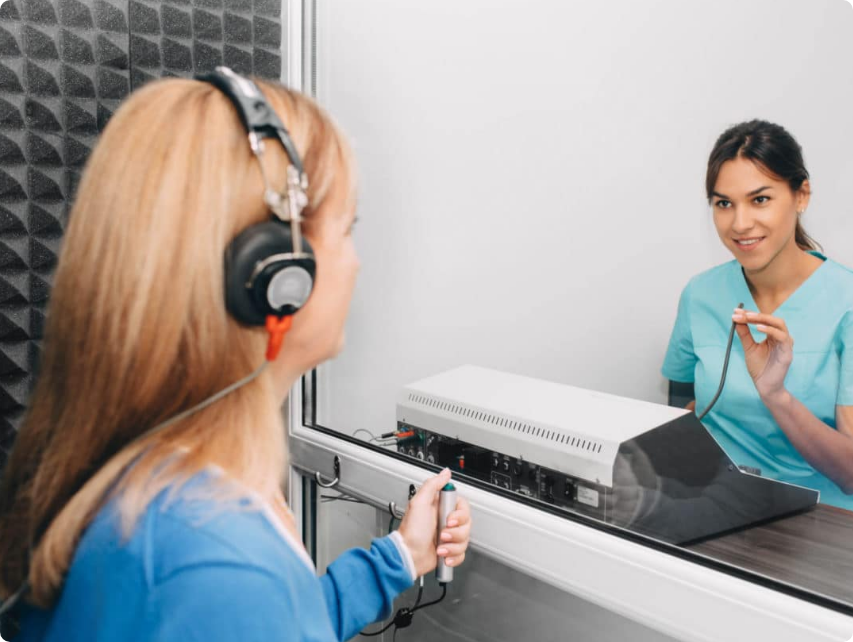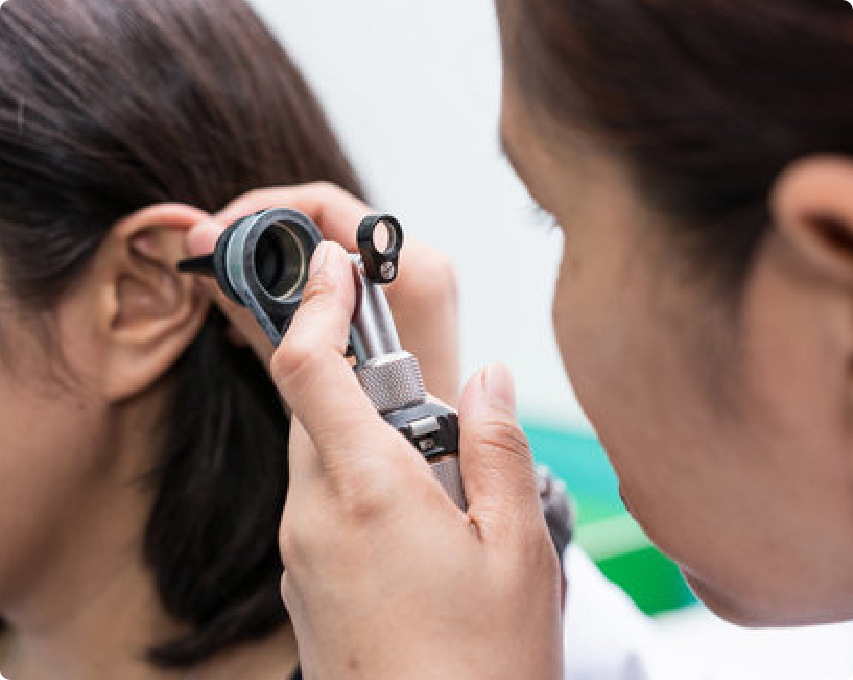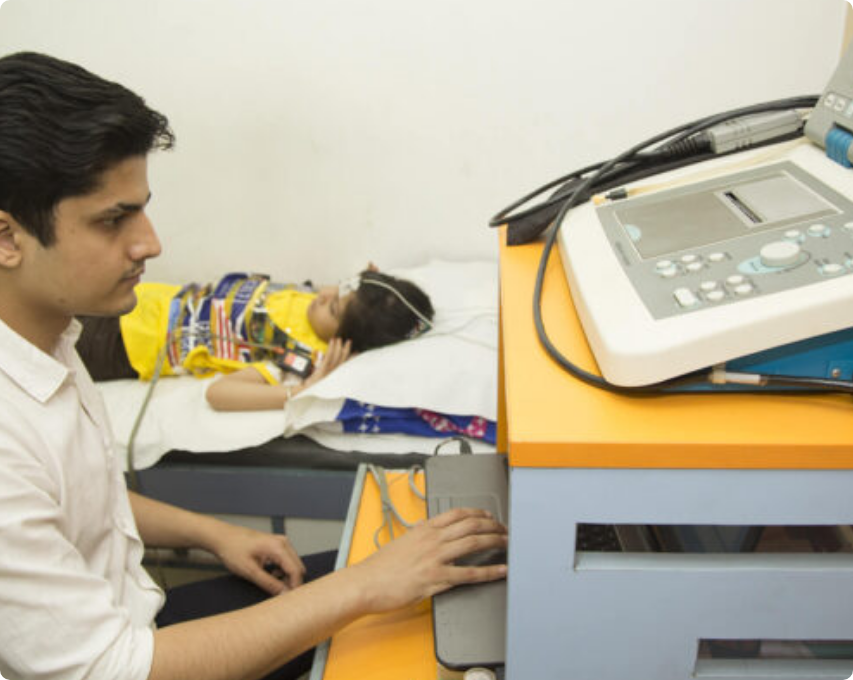What is an Audiology test?
Audiometry is a non-invasive, painless hearing test that assesses a person’s ability to distinguish between distinct sounds, pitches, or frequencies. Patients who have a tumour in or near the ear may undergo audiometry testing to identify whether a hearing loss has occurred or monitor their hearing before and during surgery. Additionally, it is used to determine if hearing aids or surgery may be utilized to enhance one’s hearing.
Our ears are divided into three unique sections: the outer ear, the middle ear, and the inner ear. Audiometry testing may determine if you have sensorineural or conductive hearing loss (damage to the nerve or cochlea) (damage to the eardrum or the tiny ossicle bones). Several tests may be done during an audiometry assessment.








